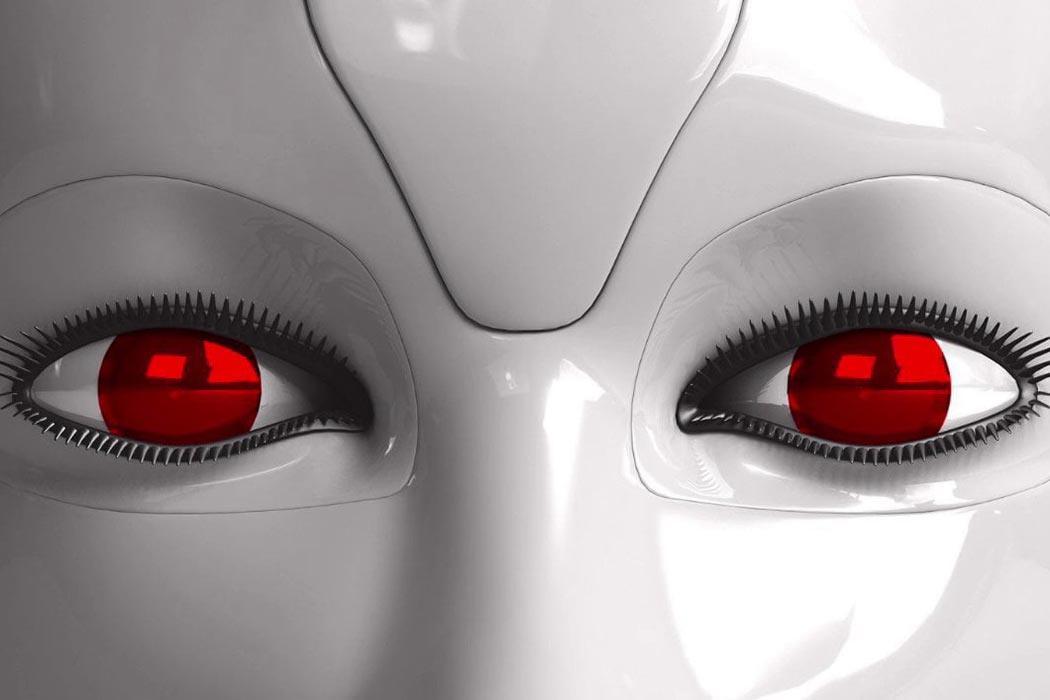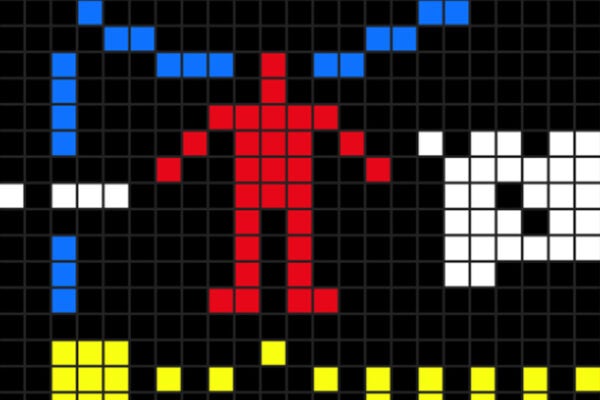“So do you worry more about climate change, or about the coming robot takeover?”
It may seem like a weird thing to ask a near-stranger, but you’d be surprised at how often this question—or ones like it—come up in casual conversations among geeks. And no wonder, since one all-too-true cliché about techies is that they (we!) often read and watch a lot of science fiction, much of it dystopian.
In the past year alone, I’ve immersed myself in the prospect of global crisis due to genetic engineering (The Windup Girl and Oryx and Crake), psychological profiling (The Affinities), viral zombies (The Girl With All The Gifts), widening social inequality (On Such a Full Sea, The Heart Goes Last), planetary realignment (The Age of Miracles, Spin) and pandemic disease (Station Eleven).
Each of these does battle in my psyche with worries planted by past reads about DIY psychotropic drugs (Afterparty), killer robots (Robopocalypse, Genesis), mega-corporations (Jennifer Government, He, She and It), cloning (Never Let Me Go) and Chinese takeover (China Mountain Zhang, 2030). Just to ensure that my anxieties get fleshed out in living color, I spell off the apocalyptic reading with apocalyptic movie-going, revisiting my technological worries with movies like Ex Machina, Mad Max: Fury Road, Interstellar, and our annual viewings of both The Matrix and Terminator 2.
But these apocalyptic entertainments fuel enormous creativity throughout the tech sector. And it’s not just because once you’re lying awake, worrying about the end of the world, you might as well wake up and get back to work on your code.
The real value of dystopian literature is in helping us imagine the possible futures we may soon inhabit—or, in the case of techies, help build. I attended a geek conference a few years ago where one presenter framed the challenge as follows: “The people in this room are building our future robot overlords. So you need to ask yourself what kind of overlord you want to serve.”
The problem is that techies aren’t the only people who will have to live in that robotic future. (Or in the future where we’re all starving thanks to bio-engineering run amok, or dying by the billions thanks to pandemic disease.) Since we’ll all have to reckon with the impact of our social and technological innovations, we should all feel invested in the question of what kind of robot overlord we want to serve.
Dystopian fiction helps us imagine that overlord, in whatever form it takes: if not artificial intelligence, then biotech; if not biotech, then disease. Even climate change is no less a human creation than the murderous T-X that rampages through Terminator 3. The anxiety that fuels dystopian fiction is the anxiety about our own human choices.
As that anxiety spreads, dystopias have started to escape from the ghetto of the science fiction aisle, and now make their way into literary fiction, young adult bookshelves and your local movieplex. Dystopian fiction has grown in popularity precisely because it takes our generalized anxiety about technological acceleration and social dysfunction, and consolidates it into something that is specific and eerily imaginable. Dystopias put a synthetic face on the dangers of a complicated world, and make the consequences of today’s choices concrete in an imagined tomorrow.
But the value of dystopias is lost if we see them only as a warning, or worse, see them only as a warning to the people creating the technologies we fear. It’s crucial that we also use them to inspire innovation, and that we see that innovation in social as well as technological terms. We need to see the immersive ebook imagined in a book like The Diamond Age as a call to engage with the creative potential of new narrative forms; we need to look at The Hunger Games’ arena and imagine how that same technology could house new kinds of communities or recreation.
We need to read virtual reality novels like Ready Player One not only as cautionary tales about making physical space uninhabitable, but as visions of digital worlds in which we can truly connect. This kind of post-cyberpunk fiction lets us see the potential for cyberspace as a place we can experiment without repercussions, as Rafael Miranda Huereca puts it—in other words, to experiment without fear.
Weekly Newsletter
At their best, dystopias allow us to not only make peace with our fears, but to see our own potential contribution to building a world in which the possibilities for good overtake the opportunities for disaster. For that, we need not only the geeks of Silicon Valley to read the latest dystopian novels, or the future Mark Zuckerbergs to race out and watch each new post-apocalyptic film. We need those visions to reach people who think deeply about politics, community, and the environment; we need these conversations to crop up in quilting circles and family dinners.
We need regular, non-geeky people to read and watch dystopias, and to find in them what Helen Koryllo finds in Woman on the Edge of Time: a story about the way individuals can intervene at crucial historical moments, and change the path of what’s to come.
Visit this page for a linked list of the books I mention in this post.







